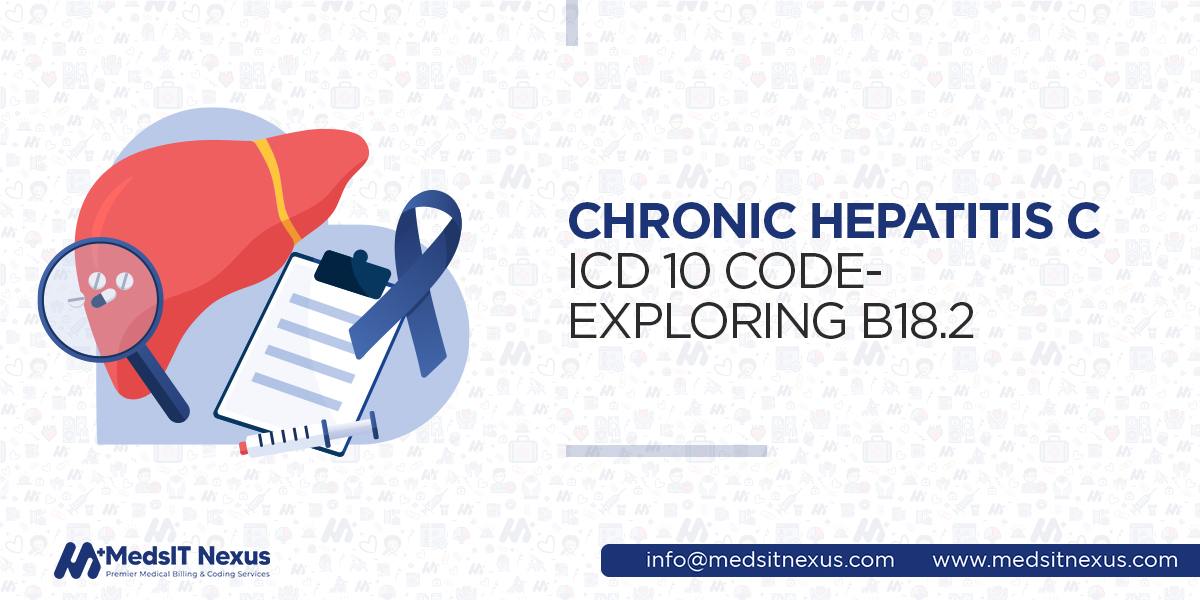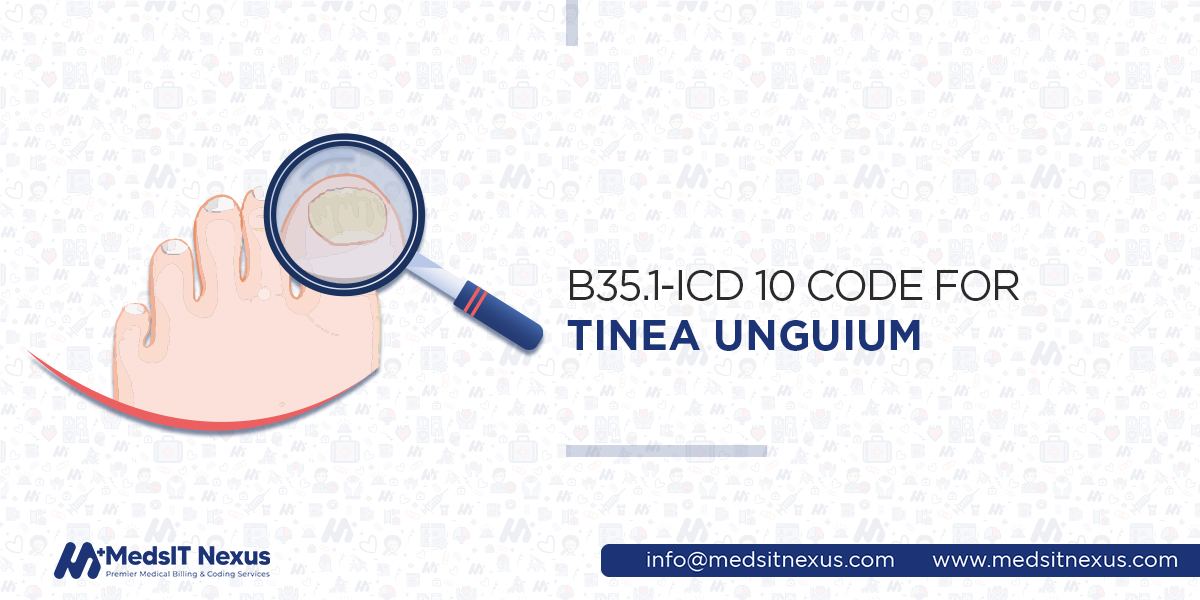What is the Difference Between Inpatient and Outpatient ICD-10?

In the intricate world of healthcare services, medical coding plays a pivotal role in translating complex medical procedures, diagnoses, and treatments into standardized codes for accurate documentation and reimbursement. Two key branches of this coding process are inpatient and outpatient coding, each with its own distinct characteristics and requirements. However, the sheer complexity and evolving nature of medical coding can pose a significant challenge for healthcare providers. This is where the expertise of medical billing companies shines, offering a vital lifeline in navigating the coding maze and ensuring efficiency, compliance, and optimal reimbursement. This article delves into the fundamental differences between inpatient and outpatient coding and other essential facts.
Inpatient and Outpatient Coding: Differences and Similarities
Before diving into the coding discrepancies, it is essential to comprehend the fundamental dissimilarities between inpatient and outpatient care. Inpatient care refers to medical services provided to patients admitted to a hospital or other healthcare facility, typically for a more extended period. Outpatient care, on the other hand, encompasses medical services delivered to individuals who do not require an overnight stay and can be treated in an ambulatory or community setting. It is time to pay heed to the other differences between both.
Documentation
The documentation requirements for inpatient and outpatient coding differ. Inpatient coding relies
heavily on medical record documentation, including physician orders, progress notes, test results, and
other pertinent information. The coding professional must thoroughly review and analyze the medical
record to ensure accurate code assignment that reflects the patient’s diagnoses and procedures.
In outpatient coding, the medical record documentation is still crucial, but the emphasis is often on
the physician’s evaluation and management of the E/M of the patient during the encounter. The
documentation should include details such as the main complaint, history of current illness, physical
examination findings, medical decision-making, and any procedures or treatments performed.
Coding criteria
In inpatient care, coders have the flexibility to assign codes for diagnoses that have not yet been officially confirmed. Diagnoses that are labeled as “suspected,” “likely,” “probable,” “questionable,“ and other similar terms may be coded. However, in the outpatient setting, diagnoses must be verified before codes can be assigned. Diagnoses that are labeled as “suspected,” “likely,” “probable,” “questionable,” or “rule out” cannot be coded as an outpatient.
Codes
In inpatient coding, the circumstances of inpatient admission always govern the selection of principal
diagnosis. The Uniform Hospital Discharge Data Set (UHDDS) elaborates the principal diagnosis in these
words; “The condition identified after examination, which is primarily responsible for patient’s
admission to the hospital for care.” Inpatient coding involves selecting codes from ICD-10-CM
(diagnoses) and ICD-10-PCS (procedures).
Contrarily, the American Academy of Professional Coders (
AAPC ) authenticates that outpatient coding
primarily employs the Current Procedural Terminology (CPT) codes for procedures, the ICD-10-CM for
diagnoses, and HCPCS level 2.
Length of Stay
Inpatient coding is associated with extended hospital stays, ranging from a few days to several weeks or months. However, outpatient visits are typically shorter in duration and do not involve overnight stays.
Complexity
Inpatient coding focuses on severe or complex medical conditions that require continuous monitoring and extensive treatment. Outpatient coding mainly deals with less severe or routine medical conditions that can be treated within a limited timeframe.
Timeframe
Inpatient coding covers the entire duration of a hospital stay, while outpatient coding pertains to single visits or encounters.
Reimbursement
According to
CMS , Inpatient uses IPPS (Inpatient prospective payment system). Under IPPS, the DRG system
(particularly Medicare Severity-Diagnosis Related Groups (MS-DRGs)) is implemented in which patients
with similar diagnoses are grouped together, and hospitals receive a fixed payment for each specific
group, regardless of the actual costs incurred during the patient’s stay. The main difference between
DRGs and ICDs is that DRG is used to classify hospital stays for accurate billing. Moreover, AAPC says
that inpatient coding comes under the guidelines of
Medicare Part A.
In the case of outpatient coding, as per CMS, outpatient coding uses
OPPS (Outpatient prospective
payment system. Moreover, it also uses an Ambulatory payment system. The APC system categorizes
outpatient services based on similar clinical characteristics and resource consumption. As per AAPC,
this type of coding comes under
Medicare Part B .
Work Settings
The settings where inpatient and outpatient coding take place also differ. Inpatient coding is primarily
performed within hospitals, including general and specialty facilities such as Skilled nursing, acute
care, long-term care, etc. Inpatient coders work closely with physicians, nurses, and other healthcare
professionals to document and code medical records accurately.
Outpatient coding, on the other hand, occurs in various settings outside of the hospital, following facilities facilities; clinics,
physician offices, ambulatory surgical centers, dialysis services, and
diagnostic imaging centers. Outpatient coders may work alongside physicians, physician assistants, and
other healthcare providers to ensure proper documentation and coding.
Key Similarities Between Inpatient and Outpatient Coding
There are several main similarities between inpatient and outpatient coding that are worth noting. These similarities arise from the fact that both types of coding are essential components of the healthcare reimbursement process and involve assigning appropriate codes to medical procedures, diagnoses, and services provided to patients.
Medical Coding Principles
Both inpatient and outpatient coding rely on the same medical coding principles. Both implement ICD-10-CM codes for accurate coding and billing.
Compliance with Legal and Ethical Standards
Coders in both settings must abide by the Health Insurance Portability and Accountability Act (HIPAA) regulations, ensuring the confidentiality and security of patient information.
Integration of Electronic Health Records (EHRs)
With the widespread adoption of electronic health records (EHRs), inpatient and outpatient coding systems have embraced technology to streamline the coding process. In both settings, medical coders access and extract relevant information from the EHR system, including patient demographics, diagnoses, laboratory results, and procedural details.
Maximizing Benefits in Inpatient and Outpatient Coding Environments
Maximizing benefits in both inpatient and outpatient coding environments involves optimizing coding accuracy, which ensures accurate reimbursement and reduces claim denials. Additionally, effective utilization of coding resources and technologies helps streamline workflows, improve productivity, and enhance patient care outcomes.
Review Medical Documentation Thoroughly
Accurate coding depends on comprehensive medical documentation. Review all relevant medical records, including physician notes, operative reports, laboratory results, and radiology reports, to ensure you completely understand the patient’s condition and the services provided.
Code to the Highest Level of Specificity
Regularly review your coding work and participate in internal or external coding audits. This process helps identify any coding errors or areas for improvement, allowing you to refine your skills and maintain accuracy in inpatient and outpatient coding.
Use Technology
Leverage coding software and tools to streamline your coding processes. Automated coding tools can help identify appropriate codes based on the provided documentation, reducing the chances of errors and improving productivity. Moreover, they reduce the manual burden by performing many tasks automatically, hence time-saving.
Unleashing the Power of MedsIT Nexus Medical coding services in Inpatient and Outpatient Healthcare Settings
Are you ready to begin a coding journey to revolutionize your healthcare institution? Look no further than MedsIT Nexus Medical Coding Services , the ultimate solution for maximizing the power of both inpatient and outpatient coding settings. Regarding inpatient coding, we delve deep into every detail, meticulously capturing and translating medical records into comprehensive, error-free codes. Our experts ensure that no diagnoses, procedures, or complications go unnoticed, enabling healthcare providers to receive the reimbursement they rightfully deserve. Meanwhile, MedsIT Nexus shines as a beacon of excellence in outpatient coding. What sets MedsIT Nexus apart is our commitment to staying ahead of the curve.
Samuel White, MBA-HC, CPAR -
Lead Author & Senior Healthcare Revenue Cycle Strategist at MedsIT Nexus
Leads editorial process for the publication of Technical RCM guides, reimbursement optimization case studies, and compliance-focused research content, expert evaluations of RCM software and medical billing solutions.






